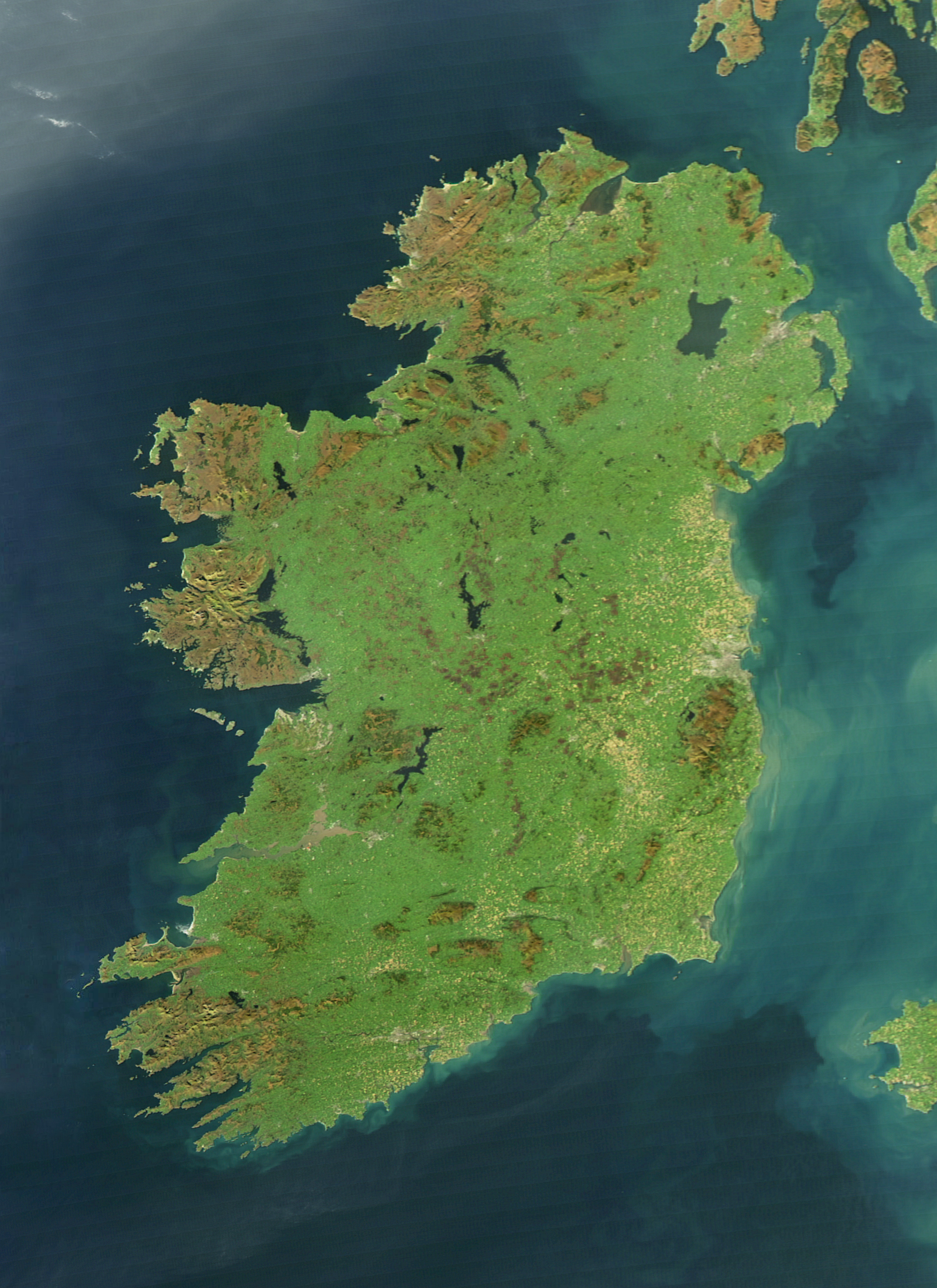Historians believe Maeve Succat who would become known as Saint Patrick, the Patron Saint of Ireland was born in 385 AD in Britannia and died March 17, 461AD in Saul, County Down, Northern Ireland.
Much has been said about the nationality of Saint Patrick. The exact location of his birthplace might be in modern day Scotland or Wales. His parents were Roman citizens living in Britannia which had been under Roman control since the Roman Conquest in 43AD. Thus, Saint Patrick was a citizen of Rome and a native citizen of Britannia. Because of his great affection for Ireland, Saint Patrick is often credited with claiming to be a citizen of the Roman Empire, the isle of Britannia and the Irish Isles, so these countries can and have laid claim to this saint.
Saint Patrick was a 5th century Romano-British Christian missionary and bishop in Ireland. He is the Apostle of Ireland Patron Saint of Ireland; he is considered to be the founder of Christianity in Ireland despite evidence of earlier Christian presence in Ireland.
According to legend 16 year old Maeve was captured in Britain by Irish pirates and taken to Ireland as a slave. After six years working as a shepherd, he escaped and returned to his family. After becoming a cleric, he chose to return to Ireland as a Christian missionary.
He is credited with creating 300 Christian churches and inspiring 100,000 Irish to be baptized. March 17 marks the supposed date of his death. It is a solemn occasion and a holy day of obligation in the diocese of Ireland and a celebration of Ireland itself. Around the world, it is celebrated as a religious and cultural holiday. Here in the United States, we tend to wear a lot of green and drink a lot of beer in his honor.
According to legend, St. Patrick used a shamrock, a three-leafed plant, to teach the Irish about the doctrine of the Holy Trinity, three persons in one God. The shamrock is now the central symbol for Saint Patrick’s Day.
To explain the absence of snakes in Ireland, a legend developed which claims Saint Patrick banished them from the island and chased them into the sea after they attacked him during his 40 day fast atop a hill. However, according to leading experts at the National Museum of Ireland in Dublin, there has never been any evidence of snakes in Ireland.
Another interesting legend about Saint Patrick contends during his evangelizing journey from his parent’s home in Birdoswald to Ireland, he would jab his ash walking stick into the ground to hold it in place while he was speaking. On one particular occasion, he spoke so long that his stick grew roots in the ground by the time he finished.
Although Saint Patrick is included in the List of Saints and various Christian churches recognize him as a “Saint in Heaven,” he was never formally canonized by a Pope. His grave is believed to be located at Down Cathedral in Downpatrick, County Down along side Saint Brigid and Saint Columba.
The grave of St. Patrick
St. Patrick Image:
By bobosh_t AKA "Father Ted" on Flickr, Christ the Saviour Church - https://www.flickr.com/photos/frted/5692057805, CC BY-SA 2.0, https://commons.wikimedia.org/w/index.php?curid=57175566
St. Patrick’s well image:
By Amockens - Own work, CC BY-SA 4.0, https://commons.wikimedia.org/w/index.php?curid=37832295










